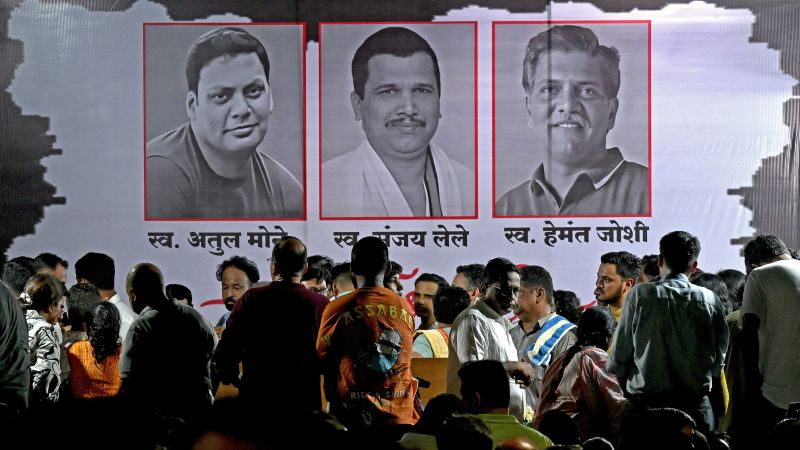BERLIN : A short buzz of the smartphone early in the morning – what for most people is a harmless indication of an unread message, can strike fear into the hearts of some. In the shadow of ever-present social media, more and more women are facing hateful messages, cyberstalking and the theft of their login data. Nathalie Brunneke from a women's shelter coordination organisation in Berlin says that online abuse of women is often rooted in previous or existing relationships: “In most cases it is ex-partners or partners seeking control.
” Digital pathways offer perpetrators new means to exert control and power. However, an important step is to take protective measures at an early stage. Brunneke provides some tips on how women can protect themselves from online abuse.

Strong passwords: These are essential and should never be shared with others, not even your partner. In relationships, passwords are often shared or common accounts are used but this represents a risk. You also shouldn’t use the same password for different accounts.
Be careful on social media: Women should set their social media profiles to private and carefully monitor who follows them. Brunneke advises not including location information in posts so as not to reveal your whereabouts. Sharing that information means that potential perpetrators can pose an additional threat to their victims.
Check for unknown apps: A battery that suddenly starts to drain quickly or unknown apps can be indications that monitoring software has been installed on your phone. “Are there any apps that I don’t know that someone might have installed?” says Brunneke. Preserve evidence: When it comes to digital abuse, which often takes the form of relentless messages or threats, it’s important to preserve evidence.
This can be emails, texts or WhatsApp messages. A screenshot of them will suffice. There are also apps that can be used document stalking incidents using photos, videos or voice recordings.
Look for help: “Digital control is a criminal offence and must be taken seriously by the police,” Brunneke says. She also advises affected women to visit specialist advice centres to get both practical and psychological support. Take precautions: In cases of image-based digital abuse, such as the distribution of intimate images, prevention is key.
Change passwords and protect access to your data. However, if it’s already too late, the only option left is to report and block profiles on social media sites. – dpa/Tribune News Service.
Technology

Cyberstalking and abuse: How women can protect themselves online

In the shadow of ever-present social media, more and more women are facing hateful messages, cyberstalking and the theft of their login data. Read full story














